China's continuous efforts in ultra-deep oil well drilling will continue to ensure domestic energy self-sufficiency while representing a major milestone in the country's exploration of deep energy resources, industry experts said.
China's first scientific exploration well with a depth of over 10,000 meters — in Northwest China's Xinjiang Uygur autonomous region — broke through the 10,000-meter depth mark on Monday, making it the second deepest onshore well globally and the deepest in Asia, said its operator China National Petroleum Corp.
Located in the hinterlands of the Taklimakan Desert in the Tarim Basin, Shenditake 1 is expected to reach a designed depth of 11,100 meters upon completion. Since the start of drilling in May, the borehole has penetrated 13 continental strata, with more than 1,000 drill pipes driven into the earth, it said.
Shenditake 1 is of milestone significance in deep-earth scientific research and ultra-deep oil and gas exploration, said Luo Zuoxian, head of intelligence and research at the Sinopec Economics and Development Research Institute.
The major milestone in the country's exploration of deep energy resources will help further guarantee China's national energy security, he said.
In general, a well between 4,500 and 6,000 meters deep is defined as a deep well, while those between 6,000 and 9,000 meters are super-deep wells. Meanwhile, those exceeding 9,000 meters are classed as ultra-deep wells. The deepest vertical well in the world today has a depth of more than 12,262 meters.
Wu Mouyuan, vice-president of the China National Petroleum Corp Economics and Technology Research Institute in Beijing, said the energy self-sufficiency rate in China continued to rise last year, increasing to 85.6 percent, up 7.2 percentage points compared to the 2016 levels.
The robust support of energy supply additions has contributed significantly to economic recovery. The implementation of economic stimulus policies and the rapid market recovery last year have driven consumption demand for energy such as petroleum and natural gas, Wu said.
Wang Lining, director of the Oil Market Research Department of the institute, said that with new quality productive forces, which refer to technological innovations, data, smart or intelligent technologies and the like — which drive overall increases in productivity and enhance new dynamics for economic growth — these lead to overall demand for petroleum being on an upward trajectory this year.
According to the institute, oil and gas production in China has continued to grow for several consecutive years. In 2023, annual crude oil production reached approximately 209 million metric tons, a 2.1 percent increase compared to the previous year. This growth trend has been sustained for six consecutive years since 2018, and it is anticipated to continue with a slight increase in 2024, it said.
Natural gas production, on the other hand, reached 235.3 billion cubic meters last year, up 5.7 percent year-on-year, it said.
On a scientific research level, the ultra-deep well can also help explore the evolution of the planet and the origins of life, as well as better address climate change, disaster prevention and resource utilization. Compared to a regular oil well, the scientific exploration well can explore unknown depths previously unexplored, said CNPC.
It is the first time that China has drilled a vertical borehole over 10,000 meters deep, with drilling facing more severe challenges such as temperatures of over 200 C and prohibitive pressures, and the difficulty will multiply with each additional meter drilled, said Wang Chunsheng, chief expert of the Tarim Oilfield of CNPC.
Located between the Tianshan and Kunlun mountain ranges, the Tarim Basin is one of the most difficult areas to explore due to its harsh geological environment and complicated underground conditions. It is also the country's largest petroliferous basin, accounting for more than 60 percent of the nation's onshore ultra-deep oil and gas resources. The natural gas produced from deep formations below 4,500 meters in the Tarim Basin, where the Shenditake 1 well is located, exceeds 260 billion cubic meters, said CNPC.








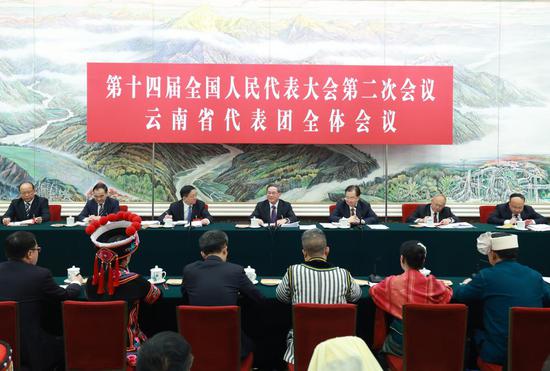



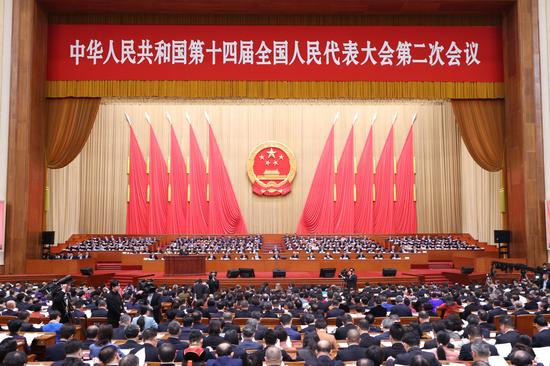

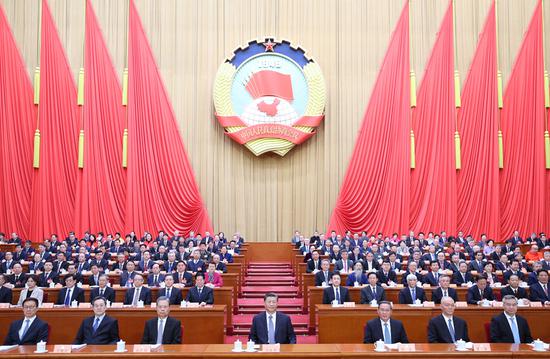









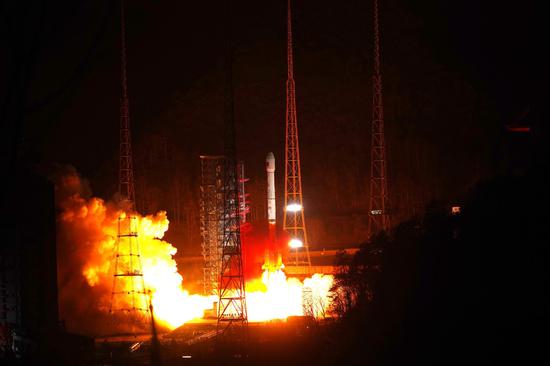
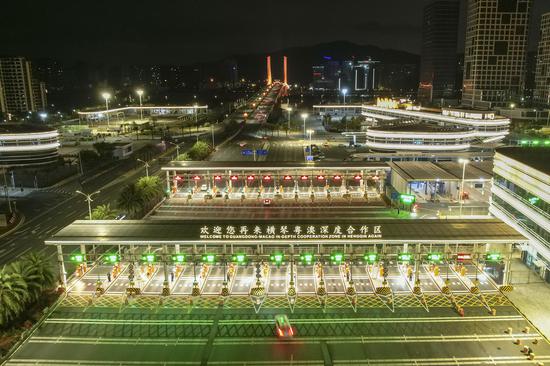









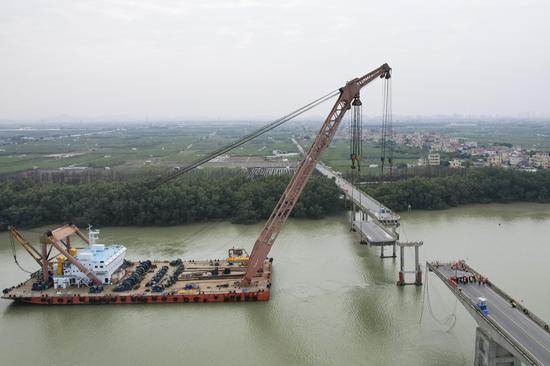



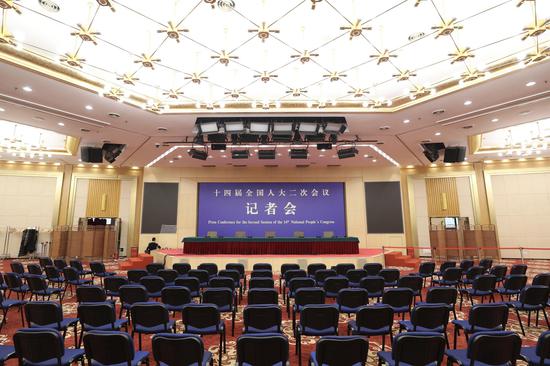
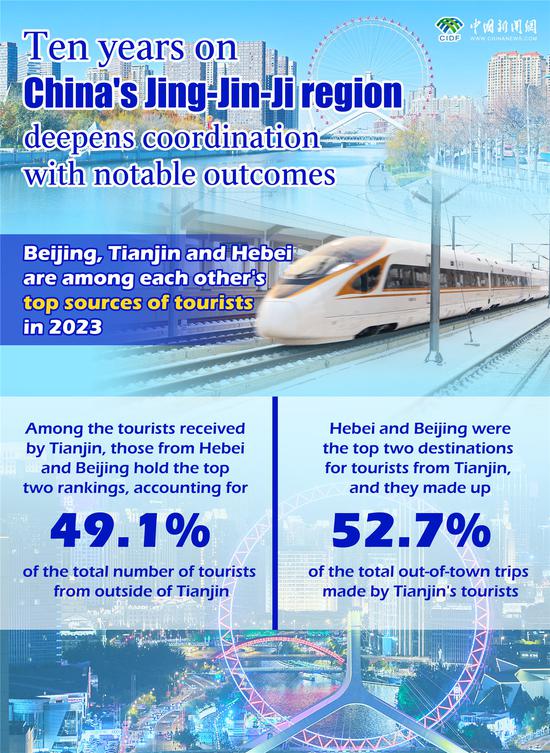

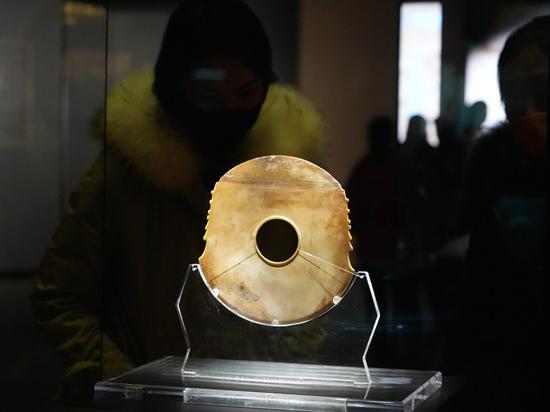







 京公网安备 11010202009201号
京公网安备 11010202009201号